| Date | Event | EPA AIRNOW MAP dnld:2/2000 | EPA AIRNOW MAP dnld:7/2000 | Notes | PubDate |
| 9/1/99 | "The next day, an investigator was poking through his [the encephalitis victim's] yard in College Point, a Queens neighborhood of tidy houses with small, well-kept lawns. Varuni Kulasekera was looking for clues to identify a killer. But she isn't a cop; she's an entomologist, an expert on insects. [para] In the garden out back she found something suspicious. Open barrels and buckets of water." | 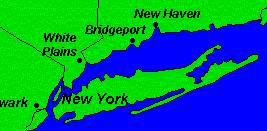 |
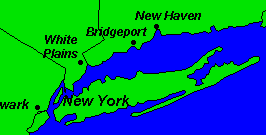 |
AP and Nando Times 12/5/99 | |
| 9/2/99 | "Finally, in Albany, one blood sample tested positive for St. Louis encephalitis." | 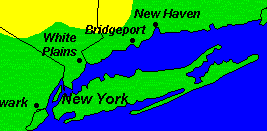 |
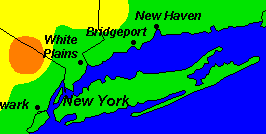 |
AP and Nando Times 12/5/99 | |
| 9/3/99 | "The next day, CDC technicians in Fort Collins [CDC lab in Colorado] got a similar result. [para] Later that day, Sept. 3, New York City Mayor Rudolph Giuliani stood before TV cameras to announce that the city was facing its first ever outbreak of a mosquito-spread disease called St. Louis encephalitis." [Malathion aerial spray program begins 9/3/99.] | 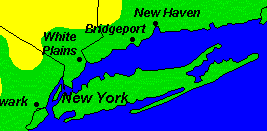 |
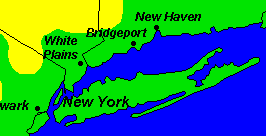 |
AP and Nando Times 12/5/99 | |
| 9/4/99 | 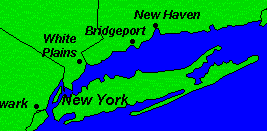 |
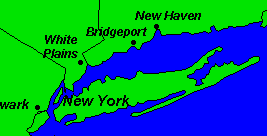 |
|||
| 9/5/99 | "Over Labor Day weekend [9/4-9/6], the zoo lost a Guanay Cormorant, three Chilean flamingos, a pheasant and a bald eagle. Because these deaths followed those of some crows, experts strongly doubt that the disease originated in the zoo." | 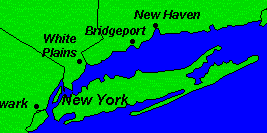 |
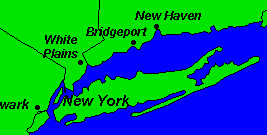 |
NYT 9/5/99 | |
| 9/6/99 | "Autopsies of the birds revealed streaking in the heart and brain hemorhages. An equine encephalitis was suspected, but Dr. McNamara was skeptical, because the emus in her care, which are very susceptible to that illness, were thriving." | 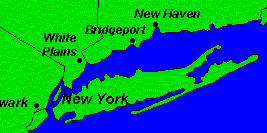 |
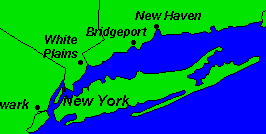 |
NYT 9/5/99 | |
| "Stone, the wildlife pathologist, watched and wondered. Could the disease that was killing people be the same one killing the crows? [para] Right after Labor Day weekend, he sent a few dead birds to a pair of federal laboratories - the National Wildlife Health Center in Madison, Wis., and the U.S. Department of Agriculture virology laboratory in Ames, Iowa. [para] There, virologists ran a slew of tests for North American bird viruses - Newcastle disease; equine encephalitis, Venezuelan encephalitis, all 15 types of avian influenza." | AP and Nando Times 12/5/99 | ||||
| 9/7/99 | 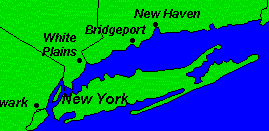 |
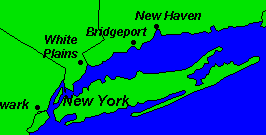 |
|||
| 9/8/99 | "The malathion spraying may have added insult to injury. I saw sick crows in Flushing Meadows Park in late July and told the newspapers, but I never saw my comments in print. However, a few days after the spraying I saw for the first time a dead bird across the street from my home [Bayside, Queens] and observed birds crashing into walls, including my house, obviously disoriented in flight." | 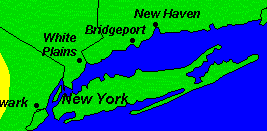 |
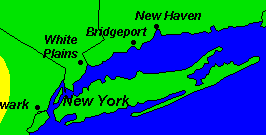 |
Richard Jannaccio Science journalist -Email via Mitchel Cohen |
|
| "Nevertheless, Dr. Layton and Dr. Fine said they were struck by certain similarities of clinical and laboratory findings among the patients. All [the encephalitis victims] had been active and healthy with only minor medical problems before developing this new illness. Now muscle weakness was a striking feature. Fever and mental confusion were also present, but in varying degrees. [...] 'The only common thread [aside from being elderly] was they spent time outdoors in their backyards,' Dr. Layton said. 'Some were gardeners.'" | NYT 9/9/99 | ||||
| 9/9/99 | 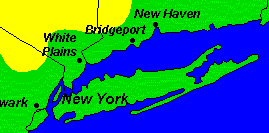 |
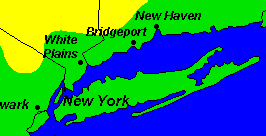 |
|||
| 9/10/99 | 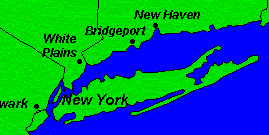 |
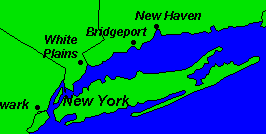 |
|||
| 9/11/99 | 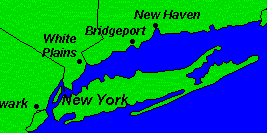 |
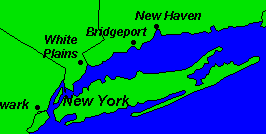 |
|||
| 9/12/99 | 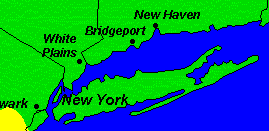 |
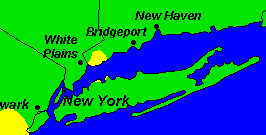 |
|||
| 9/13/99 | "The week after Labor Day, a number of birds in the Bronx Zoo collection were found dead, apparently of encephalitis." | 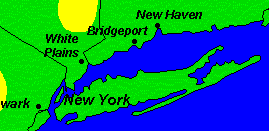 |
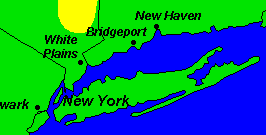 |
NYT 10/1/99 | |
| 9/14/99 | 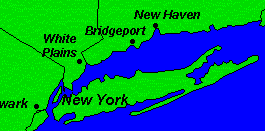 |
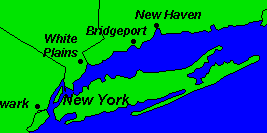 |
|||
| 9/15/99 | 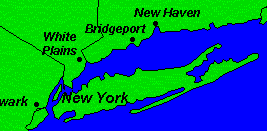 |
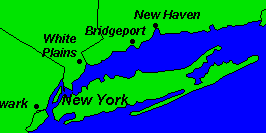 |
|||
| 9/16/99 | "Onset dates [of seropositive cases] ranged from August 5 to September 16, although no cases had onset in New York City after control measures were extended to the entire city on September 11. The median age of case-patients was 71 years (range: 15-87 years), with the most severe clinical cases and all fatalities occurring among older persons." | 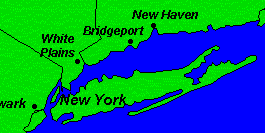 |
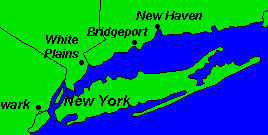 |
CDC MMWR 10/1/99 | |
| 9/17/99 | 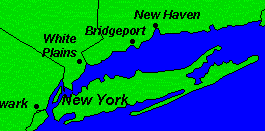 |
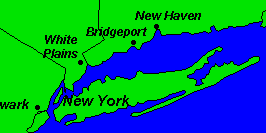 |
|||
| 9/18/99 | "After the summer, most of the crow deaths were reported because of the publicity -- crows hit by trucks, etc. They weren't the ones that were dying from encephalitis." [Dr. Charos, veteranarian, Bayside] | 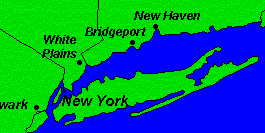 |
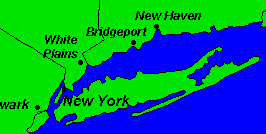 |
Interview | |
| 9/19/99 | 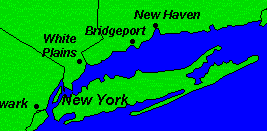 |
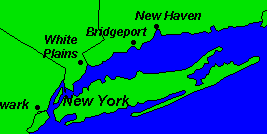 |
|||
| 9/20/99 | 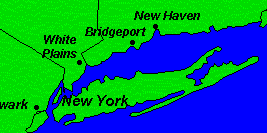 |
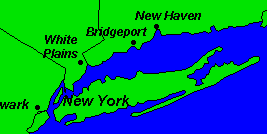 |
|||
| 9/21/99 | 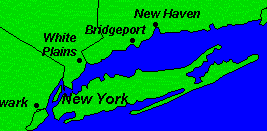 |
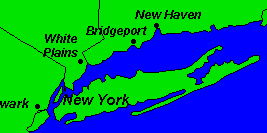 |
|||
| 9/22/99 | 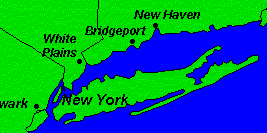 |
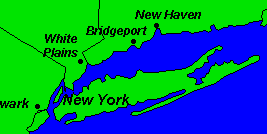 |
|||
| 9/23/99 | 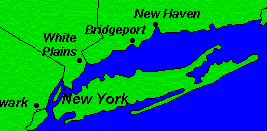 |
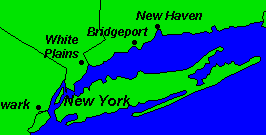 |
|||
| 9/24/99 | 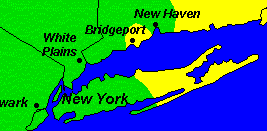 |
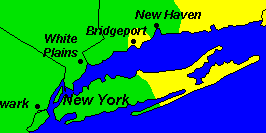 |
|||
| 9/25/99 | 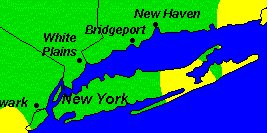 |
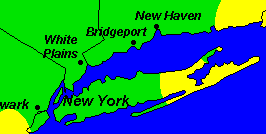 |
|||
| 9/26/99 | 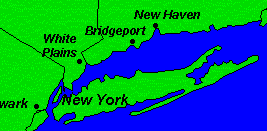 |
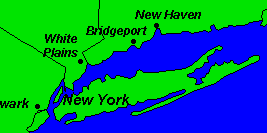 |
|||
| 9/27/99 | 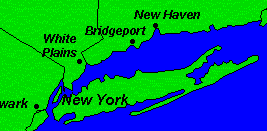 |
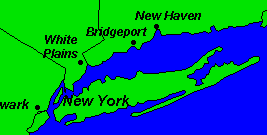 |
|||
| 9/28/99 | 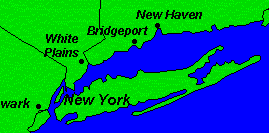 |
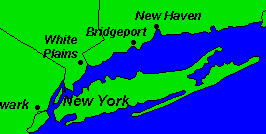 |
|||
| 9/29/99 | 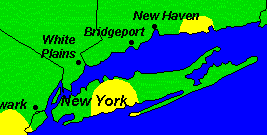 |
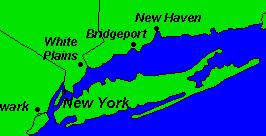 |
|||
| 9/30/99 | 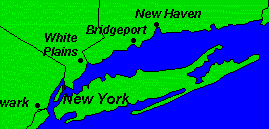 |
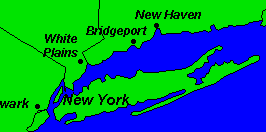 |
|||